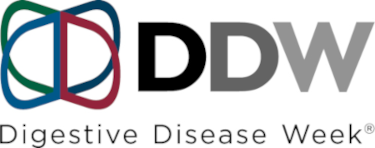Sp1195
INDICATIONS FOR NEOADJUVANT THERAPY
Date
May 21, 2024
Tracks
Related Products
FLUORESCENCE GUIDED ROBOTIC ASSISTED RETROPERITONEAL SARCOMA RESECTION
For tumors at the Aorta-Caval space, the traditional approach is using Cattel-Braasch and Kocher maneuver, which involving the mobilization of the terminal ileum, right colon, duodenum, and pancreas…
RISK FACTORS FOR PULMONARY EMBOLISM IN POSTOPERATIVE PATIENTS: DEVELOPMENT OF A RISK ASSESSMENT TOOL FOR CLINICAL DECISION MAKING AND USE OF COMPUTED TOMOGRAPHY PULMONARY ANGIOGRAPHY
BACKGROUND: The most widely known risk assessment tools to discern patients with significant risk of having a pulmonary embolism (PE) that warrant CT pulmonary angiography (CTPA) for further evaluation were created by studying all-comers presenting for emergency care…
Oral and Video Session: Peritoneal Surface/Abdominal Wall/Small Bowel (PAWS) Diseases
DISEASE RESPONSE AND SCLEROTIC LOSS OF DOMAIN AFTER 8 PIPAC (PRESSURIZED INTRA-PERITONEAL AEROSOL CHEMOTHERAPY) TREATMENTS: A CASE REPORT…
RIGHT POSTERIOR BILE DUCT INJURY RECONSTRUCTION WITH ROBOTIC RY HEPATICOJEJUNOSTOMY
Right posterior bile duct injury with disconnected duct syndrome creates diagnostic challenges for many endoscopists and radiologists. The diagnosis and treatment are often delayed…


